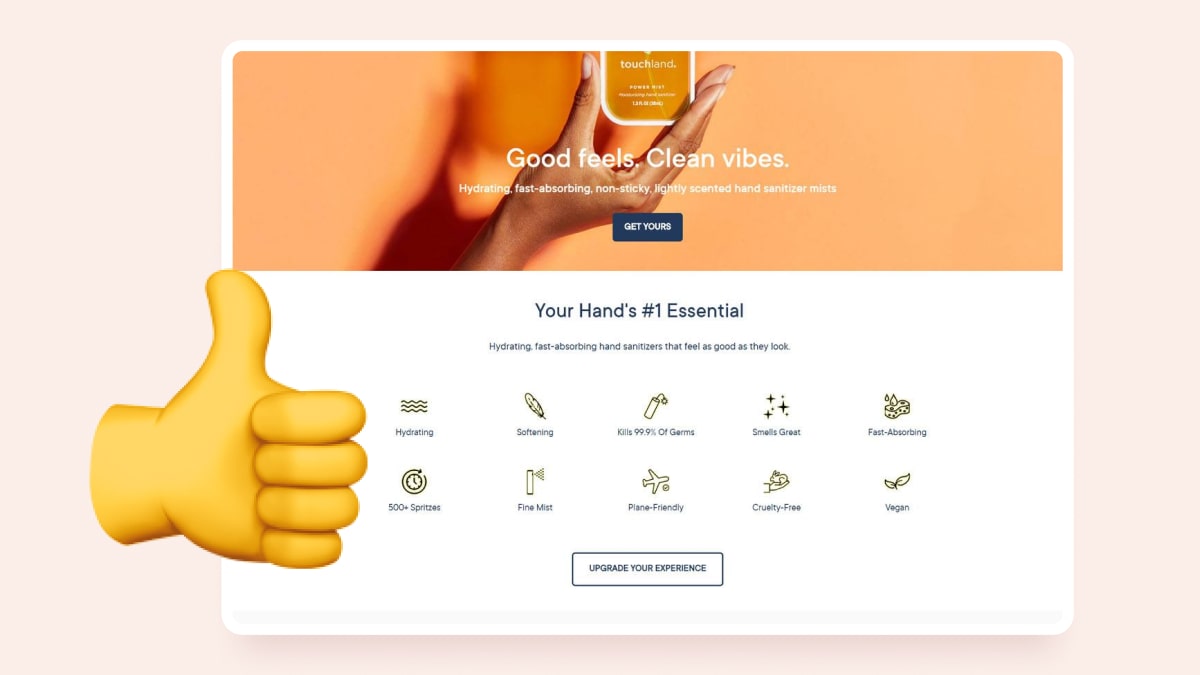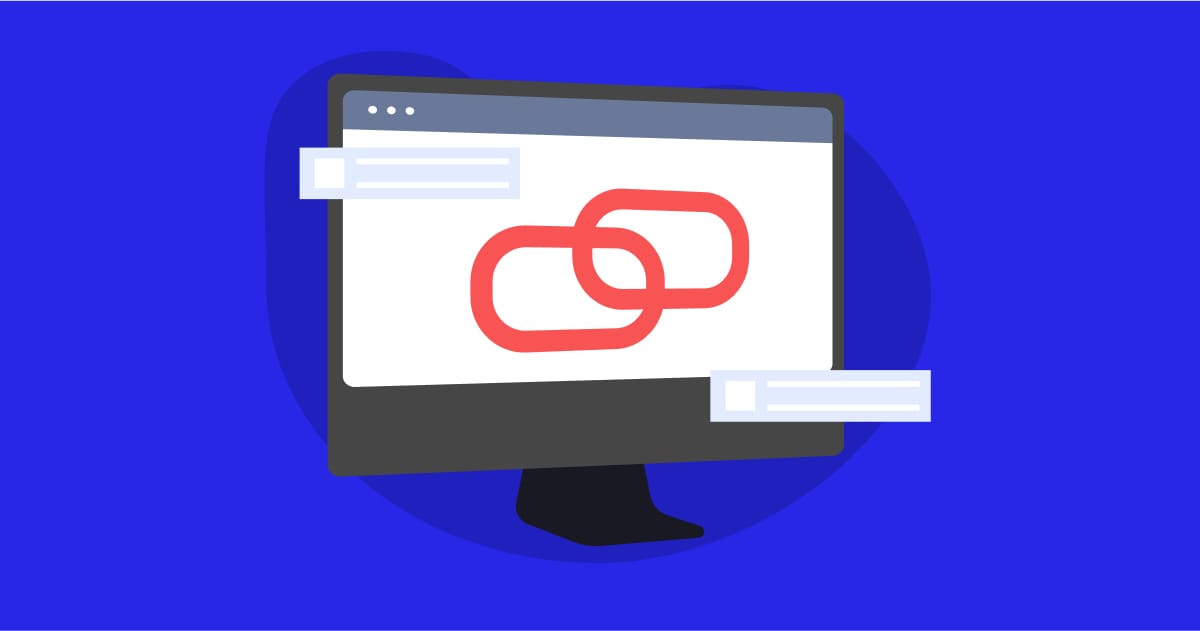In today’s digital age, e-commerce has become an integral part of our shopping experience. As more and more consumers turn to online platforms for their purchasing needs, having a well-designed e-commerce website is no longer just an option; it’s a fundamental requirement. The art of e-commerce web design encompasses various key elements, each playing a crucial role in shaping the success of your online business. From mobile-friendliness and user-friendly navigation to security features and diverse payment options, these essentials are the building blocks of a thriving online store. In this blog post, we will explore these e-commerce web design essentials, providing you with insights and strategies to create a digital shopping environment that exceeds customer expectations and stands out in the competitive world of online retail.
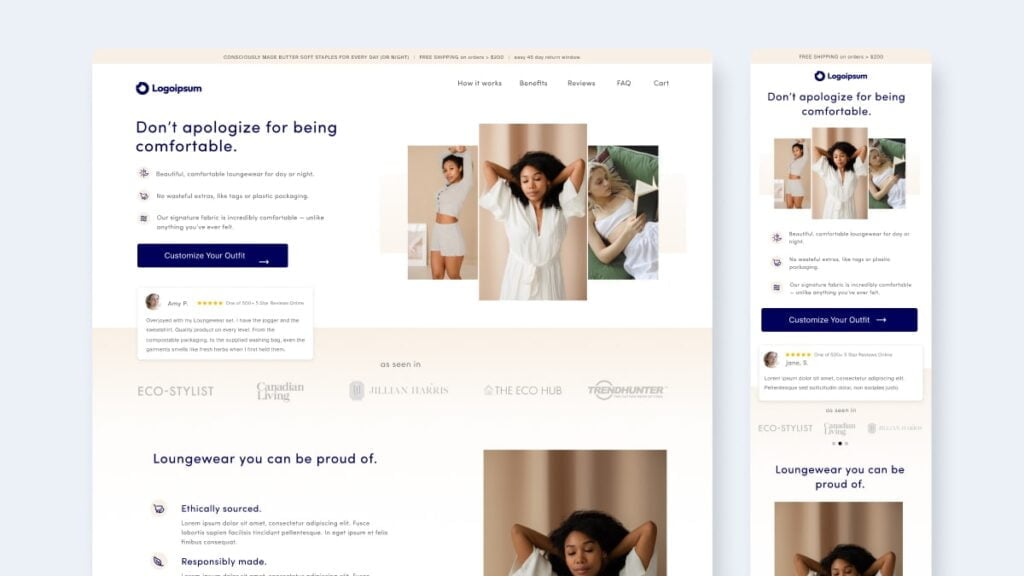
1. Mobile-Friendly Design: Meeting the Rising Mobile Demand
Today, more and more consumers are using their smartphones and tablets for online shopping. According to recent statistics, mobile shopping is on the rise, with mobile devices accounting for a significant portion of online purchases. This means having a mobile-friendly e-commerce website is no longer a choice but a necessity.
Ensuring a mobile-responsive design is the cornerstone of offering an exceptional user experience. Not only does Google prioritize mobile-friendly websites in search results, but it also reflects your commitment to serving the growing mobile audience. It allows users to seamlessly navigate your site, view products, and complete transactions, ultimately contributing to your website’s search engine ranking and user satisfaction.
Mobile-Friendly Design Tips for E-commerce Web Design:
- Implement a responsive web design that adapts to various screen sizes.
- Optimize images and graphics for faster loading on mobile devices.
- Use large, touch-friendly buttons and ensure the text is clear and legible.
To ensure your website is mobile-friendly, conduct regular checks on different devices and screen sizes. By prioritizing mobile design, you’re reaching a broader audience and positioning your e-commerce store for future success.
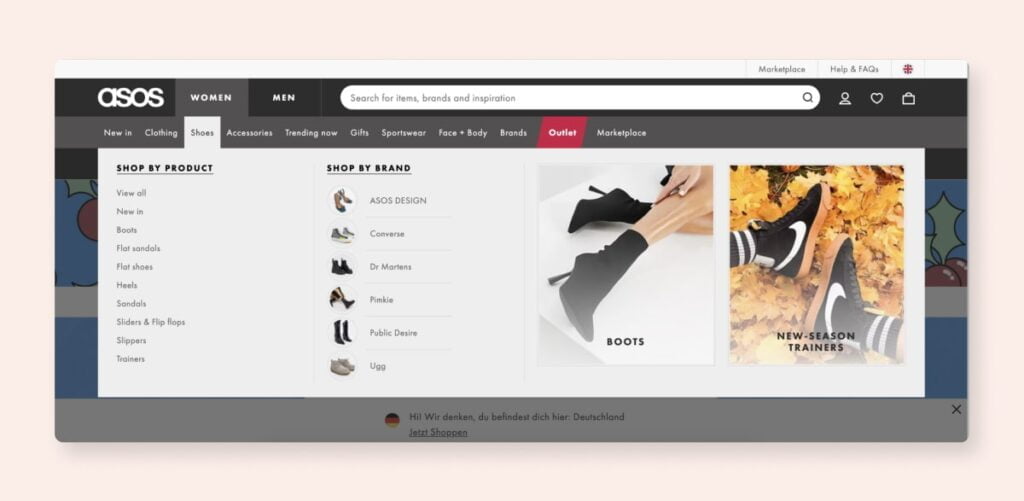
2. User-Friendly Navigation: Guiding Shoppers Seamlessly
Imagine walking into a brick-and-mortar store with products scattered haphazardly, no signage to guide you, and no one to assist you. The frustration would likely drive you away. Similarly, a user-friendly navigation system is essential for your e-commerce website.
User-centric navigation guides visitors through your online store, making it easy for them to find the products and information they seek. An intuitive and well-structured navigation menu, clear product categories, and user-friendly filters provide the roadmap for your customers to reach their desired destinations with minimal effort.
Enhancing Navigation for E-commerce Web Design:
- Organize products into clear and logical categories.
- Implement user-friendly filters and sorting options.
- Include a search bar with autocomplete suggestions for quicker product discovery.
Study some of the leading e-commerce websites, and observe how they structure their navigation menus and categories. By offering a seamless shopping journey, you’ll keep visitors engaged and encourage them to explore your product offerings.
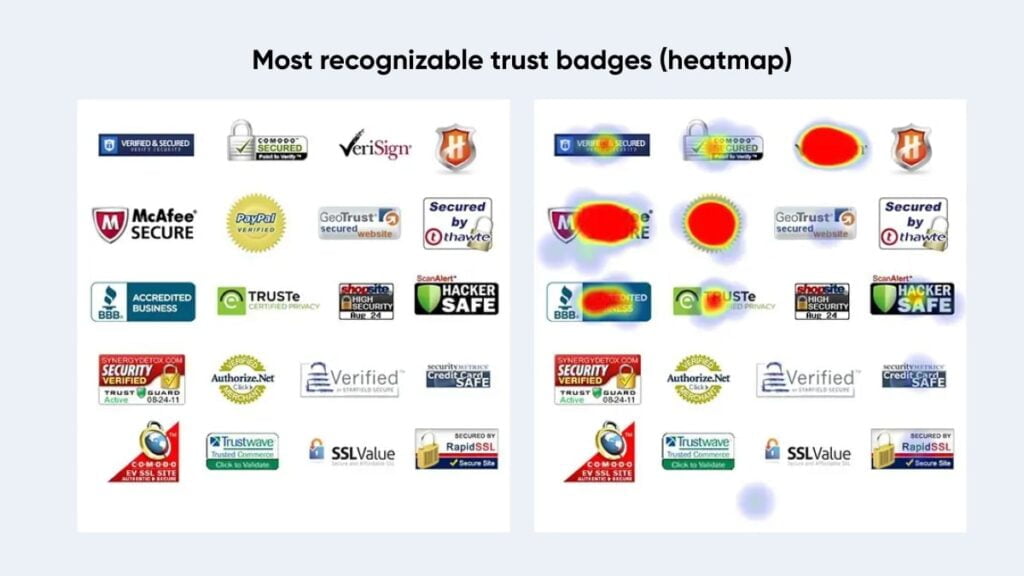
3. Security Features: Building Trust and Confidence
Trust is the bedrock of e-commerce. Shoppers need to feel secure in the knowledge that their personal and financial information is safe when making online purchases. Implementing robust security features is the foundation of building that trust.
Multiple security layers, such as SSL certificates, secure payment gateways, and data encryption, are essential to protect both your business and your customers. By reassuring your customers about the safety of their data, you build their confidence in your brand. But it’s not just about data security; it’s also about ensuring your customers receive the quality products they expect.
Security Measures:
- Encrypt sensitive data using SSL (Secure Sockets Layer) technology.
- Regularly update and patch your website’s software to protect against vulnerabilities.
- Implement secure payment gateways that comply with industry standards for payment security.
Quality Assurance:
- Set clear expectations for product quality and fulfillment on your website.
- Consistently meet or exceed these expectations to build trust in your brand.
- Encourage customer reviews and ratings to provide social proof of your product’s quality.
Investing in e-commerce security and quality assurance is a win-win. It safeguards your customers’ data, protects your business, and fosters trust, leading to greater customer retention and brand loyalty. Your commitment to delivering high-quality products will set you apart from the competition and further enhance the trust your customers place in your e-commerce store.

4. Prominent Shopping Cart and Checkout Buttons: The Path to Conversion
Conversion rate optimization (CRO) is the key to e-commerce success. The conversion rate often depends on the placement and prominence of your shopping cart and checkout buttons. If your customers can’t find these buttons quickly and easily, you risk losing potential sales.
Strategically placed and well-designed shopping cart and checkout buttons are vital for a smooth buying experience. An inviting shopping cart icon or button that displays the number of items added to the cart is essential. Similarly, the “Proceed to Checkout” button should be clearly visible and strategically located throughout the shopping process.
Optimizing Cart and Checkout Buttons:
- Ensure cart and checkout buttons stand out with contrasting colors.
- Place the shopping cart icon in a prominent location, such as the upper-right corner.
- Make the “Proceed to Checkout” button easily accessible both on product pages and in the cart view.
Examine successful e-commerce websites and how they optimize their cart and checkout buttons. By simplifying the purchasing process, you’ll increase conversion rates, reduce cart abandonment, and enhance the overall user experience.
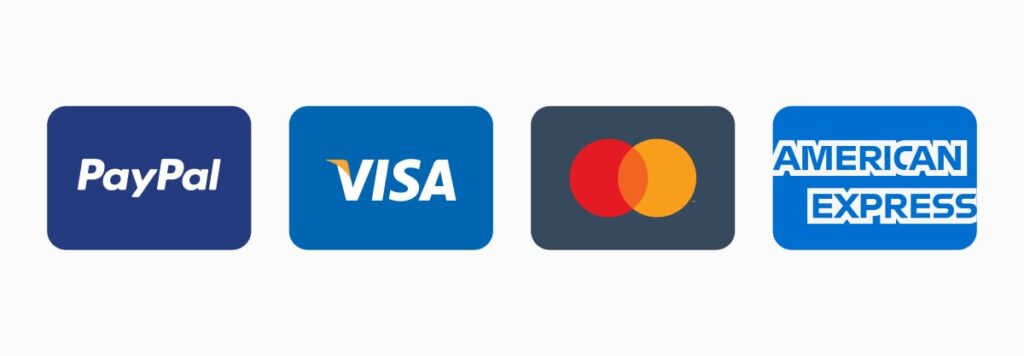
5. Diverse Payment Options: Expanding Global Reach
The digital marketplace is global, and potential customers come from various parts of the world, each with their preferred payment methods. Offering a variety of payment options is essential for accommodating different customer preferences and expanding your e-commerce business worldwide.
Diverse payment options empower your customers to make purchases using their preferred methods, enhancing the convenience and trust of the shopping experience. By embracing various payment gateways, you open the door to a broader clientele and make the shopping experience more inclusive. It’s essential for selling to international customers who may not have access to the same payment methods available locally.
Offering Multiple Payment Choices:
- Integrate popular payment gateways like PayPal, Stripe, and Square.
- Include less common methods to cater to different customer preferences.
- Clearly communicate the payment options available during the checkout process.
To determine which payment options to offer, evaluate your target audience and their preferences. By offering diverse payment choices, you’ll attract a broader customer base and make the shopping experience more accessible to all.
The Art of E-commerce Web Design
In the fiercely competitive world of e-commerce, web design is an art, blending aesthetics, user experience, and security into a seamless shopping experience. By prioritizing mobile-friendly design, user-friendly navigation, robust security, prominent cart and checkout buttons, and diverse payment options, you pave the way for e-commerce success. Invest in these e-commerce web design essentials, and your online business will not only thrive but also surpass your customers’ expectations, leaving a lasting impression in the digital marketplace.
As e-commerce continues to evolve, focusing on these e-commerce web design essentials will position your online store for success, ensuring that your customers enjoy a safe, convenient, and delightful shopping experience, while your business grows in the competitive landscape of the digital world.
